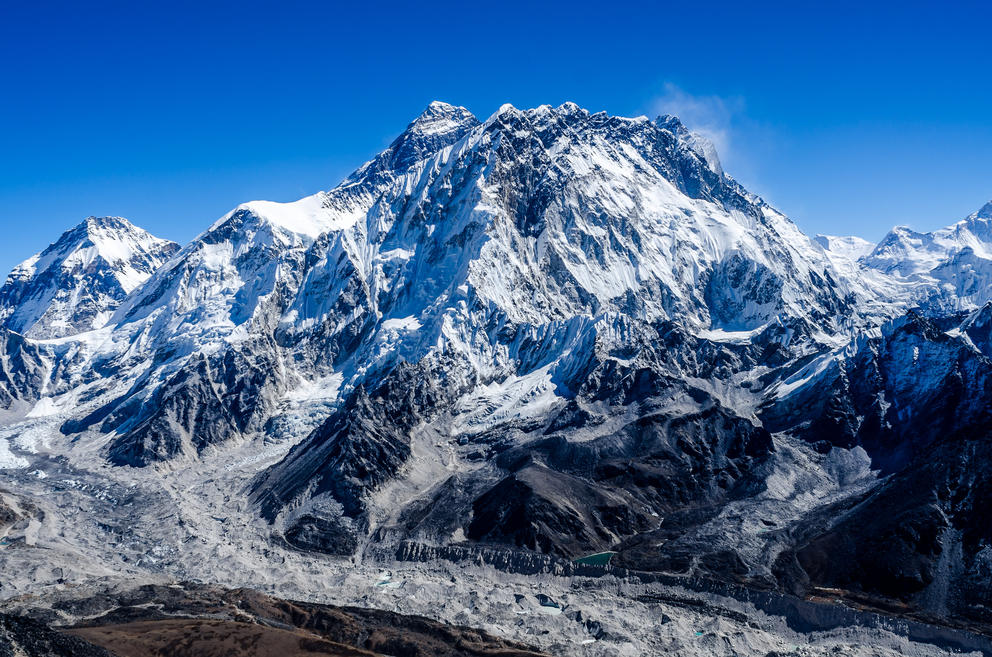Everyone poops — even climbers on the world’s tallest mountain.
All that human waste has caused a lot of problems for local villagers near Mount Everest’s base camp. But a group of Northwest volunteers thinks they’ve found a fix.
Right now, Sherpas carry barrels of human excrement down from base camp on the backs of yaks. The barrels used to be dumped into large pits above a glacier that flows into the valley below. After those pits filled up, the waste has been carried to excavated sites alongside water banks.
“The Sherpas are just beautiful people, and they’re trying to protect a beautiful mountain — they just don’t have the resources to do it,” said Garry Porter, Mount Everest Biogas Project co-founder.
After a trek to the famed peak in the fall of 2003, Porter decided he could help engineer a solution to the waste problem. He’d retired from a career at Boeing early to spend time on the world’s highest summits — he couldn’t help but admire the people; he wanted to find a way to give back.
“Everest has, at different times, received this image of being a garbage pit and a dumping ground because people were leaving tents and gear and bodies,” Porter said. “They’ve done a great job of removing (that) waste. … Human waste is another whole area that they are just starting to address.”
The mountain’s extreme climatic conditions and high altitude posed a unique problem.
Porter and Everest guide Dan Mazur recruited a team of volunteers to design a solar-powered biogas system that can turn human waste into energy for people in the tiny village of Gorak Shep.
Biogas digesters aren’t a new solution. But this particular digester would have very specific challenges: it would need to be kept hot in nearly year-round freezing temperatures, and would only process human waste. Many biogas digesters use a mixture of food, animal and human waste, which produces more methane.
“It also had to be relatively rugged, man-portable and low-tech, and it had to be available in Nepal. We couldn’t have something break and have supplies sitting in New York City,” Porter said.
The Mount Everest Biogas Project team has spent seven years working on fixes. And their work hasn’t gone unnoticed.
This year it was awarded the 2017 Mountain Protection Award from the International Climbing and Mountaineering Federation.
“There are multiple benefits for the ‘downstream’ Sherpa population (notably less polluted water) and providing the project proves a success, this technology can be applied to other high altitude mountain locations where climbers and/or trekkers have created a waste disposal problem,” said commission member Stephen Goodwin in a news release.
The group tested the technology last year at Mount Everest base camp. They staked out the building, met with the teahouse owners, dug some test holes.
Porter said the hope is that the 20 or so villagers will be able to use the natural gas for cooking and lighting. The byproduct effluent can also be used as fertilizer.
If they get enough funding, the group thinks the system can be up and running by the end of next fall. After demonstrating the project for a year, they’ll turn the system over to the Nepalese government.
Then they hope to install biogas digesters at other high-altitude spots in the country.
“This has applications beyond Mount Everest,” Porter said. “The intent is that we step out and help other organizations that want to use the design somewhere else in Nepal or in the world.”
This story originally appeared on EarthFix/NWPR.



